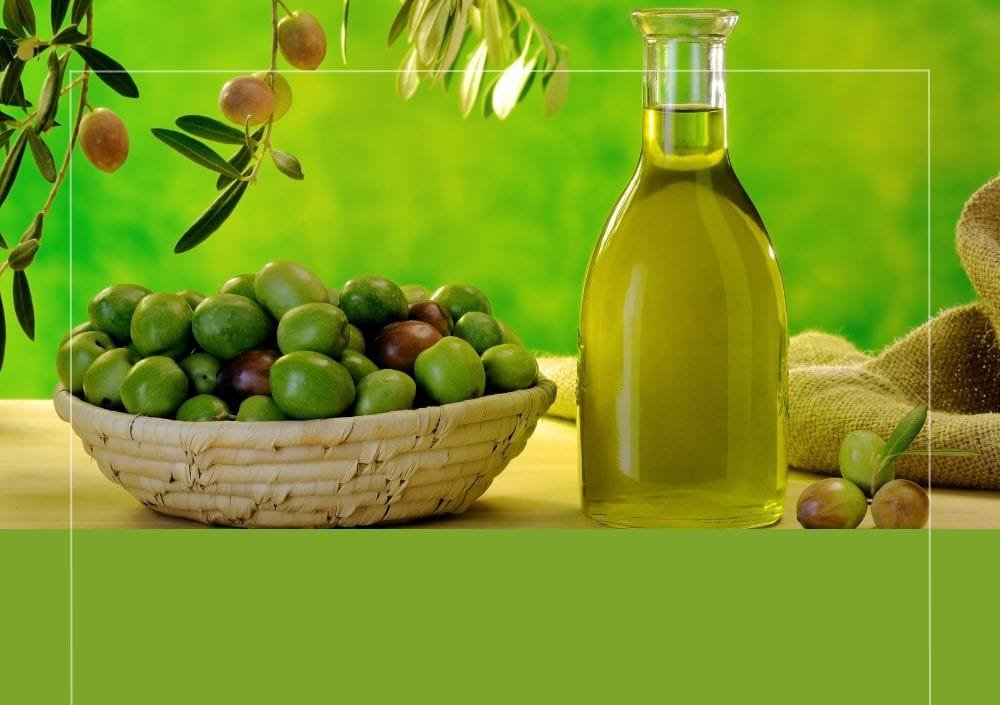Have you ever wondered how to recognize a high-quality extra virgin olive oil?
EVO oil is an irreplaceable product in the Mediterranean diet, known for its numerous health benefits and its rich and intense flavor. Nevertheless, not all EVO oils are the same, recognizing a quality one may seem like a daunting task, but with some knowledge and a bit of practice, you can become an expert in distinguishing an excellent oil from a mediocre one.
HOW TO RECOGNIZE EVO OIL
Here are the steps to choose a high-quality EVO oil:
- Color: The visual aspect is the first step to recognize a quality extra virgin olive oil. True EVO oil is obtained from slightly unripe olives, with intense flavor and aroma, which has a greenish color. However, it’s important to note that the color can be influenced by many factors and should not be the only evaluation criterion.
- Density: EVO oil should be poured onto a teaspoon and viewed against the light. Generally, the density should be medium because, if it’s too low, it means the oil has been altered or is old; if it’s very dense, it is typical of seed oils.
- Smell: One of the most important senses to evaluate the quality of oil. Pour the EVO oil into a glass, cover it with your hand to warm it slightly, and then smell deeply. Its fresh and fruity aroma, with notes reminiscent of freshly cut grass, green apples, or tomato leaves. If it smells like mold or metal, the oil is of poor quality.
- Taste: Tasting is the ultimate test to assess the quality of good EVO oil. Take a small sip of oil and hold it in your mouth between your tongue and palate (preferably without having eaten anything before) for 30 seconds to feel all the flavors. Initially, you will feel a fruity note that will bring a sensation of freshness, then a bitter sensation indicating the presence of polyphenols (antioxidant and anti-inflammatory substances, beneficial to our health), and finally a spicy sensation in the throat, also due to the presence of polyphenols. If the oil has a flat taste and is too bitter or too spicy, it may not be of quality.
- Label: A high-quality extra virgin oil should provide detailed information regarding its origin (region or country of production or better yet, a restricted geographical area such as the province or the single farm), the producer, and the harvest date (oil should be consumed within 18 months of harvest), and finally, the certifications, which should be PDO (Protected Designation of Origin).
- Price: Real high-quality EVO oil is more expensive than low-quality oils due to stricter production methods and more demanding quality controls.
Beware of a very low price; good extra virgin olive oil is unlikely to cost less than 10-15 euros per liter.
Very important is the production of EVO oil, which affects the final quality. The best oils are obtained by cold pressing, a process that preserves the organoleptic and nutritional properties of the olives, and it is very important that the olives are processed within a few hours of harvesting to avoid fermentation, which could compromise the quality of the oil.
CONCLUSION
Recognizing a high-quality EVO oil is not just technical knowledge, but a real sensory journey that brings you closer to the tradition and passion of producers.
Every bottle of extra virgin olive oil tells a unique story of work and dedication, sun and territories. Learning to distinguish an excellent oil allows you to fully appreciate the authentic flavors of nature and especially to enrich culinary preparations with a touch of genuineness and refinement, with the awareness that not only our palate benefits but also our health. It is rich in antioxidants and monounsaturated fatty acids that help keep the heart healthy, reduce inflammation, and protect cells from oxidative damage.
Go ahead and taste it, and if you like, check out our website.
Enjoy your tasting and have a good journey in the wonderful world of extra virgin olive oil!








